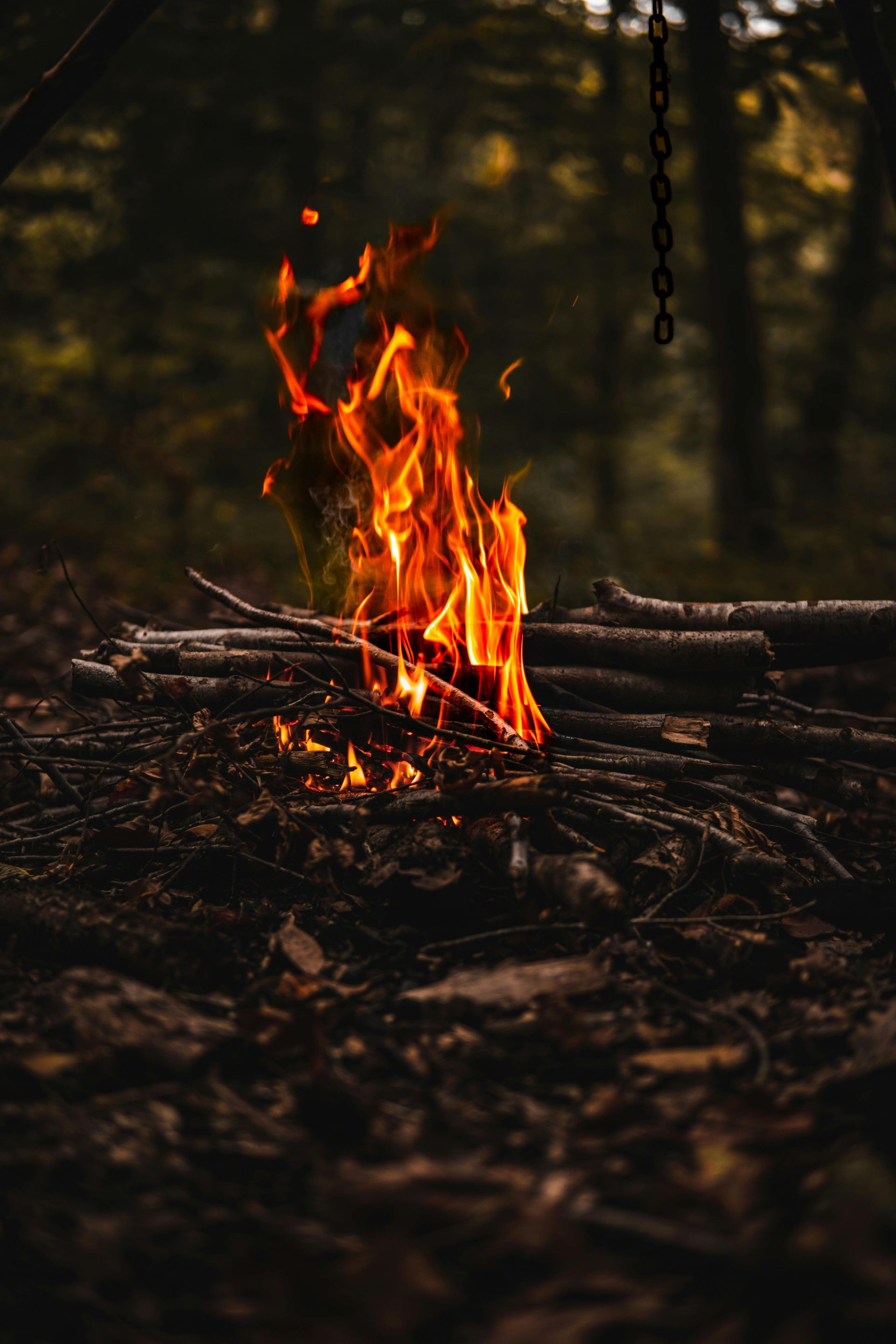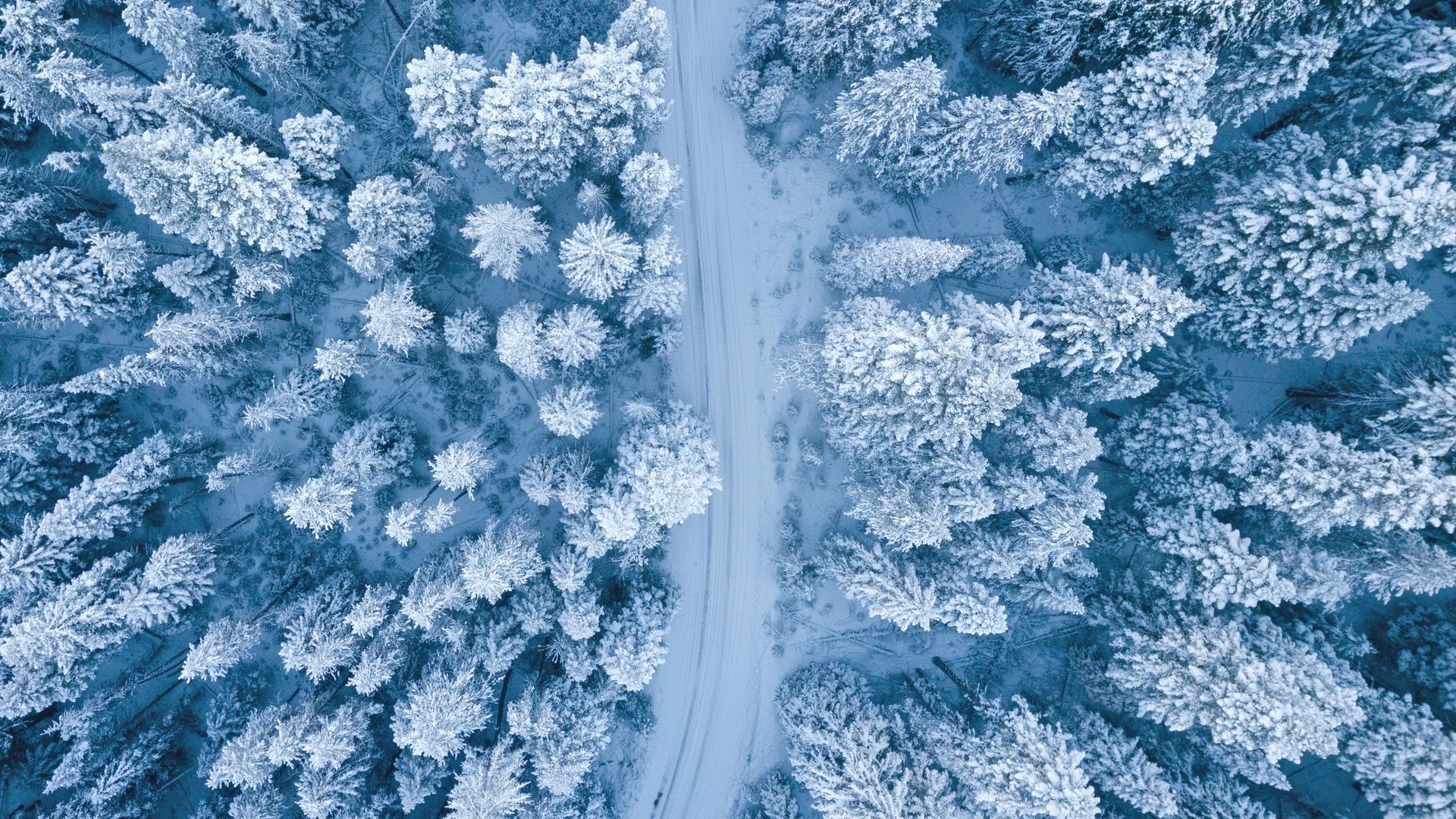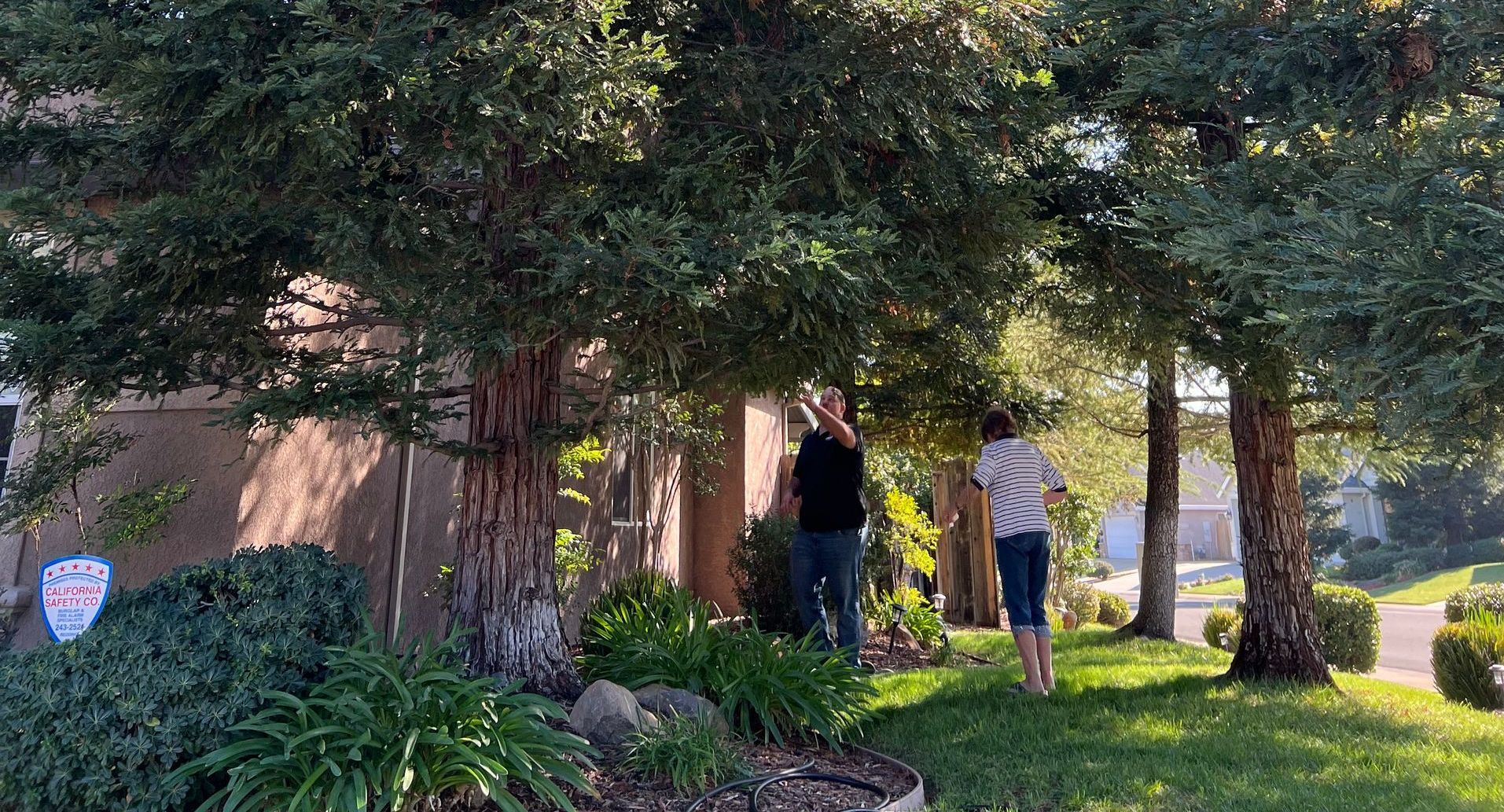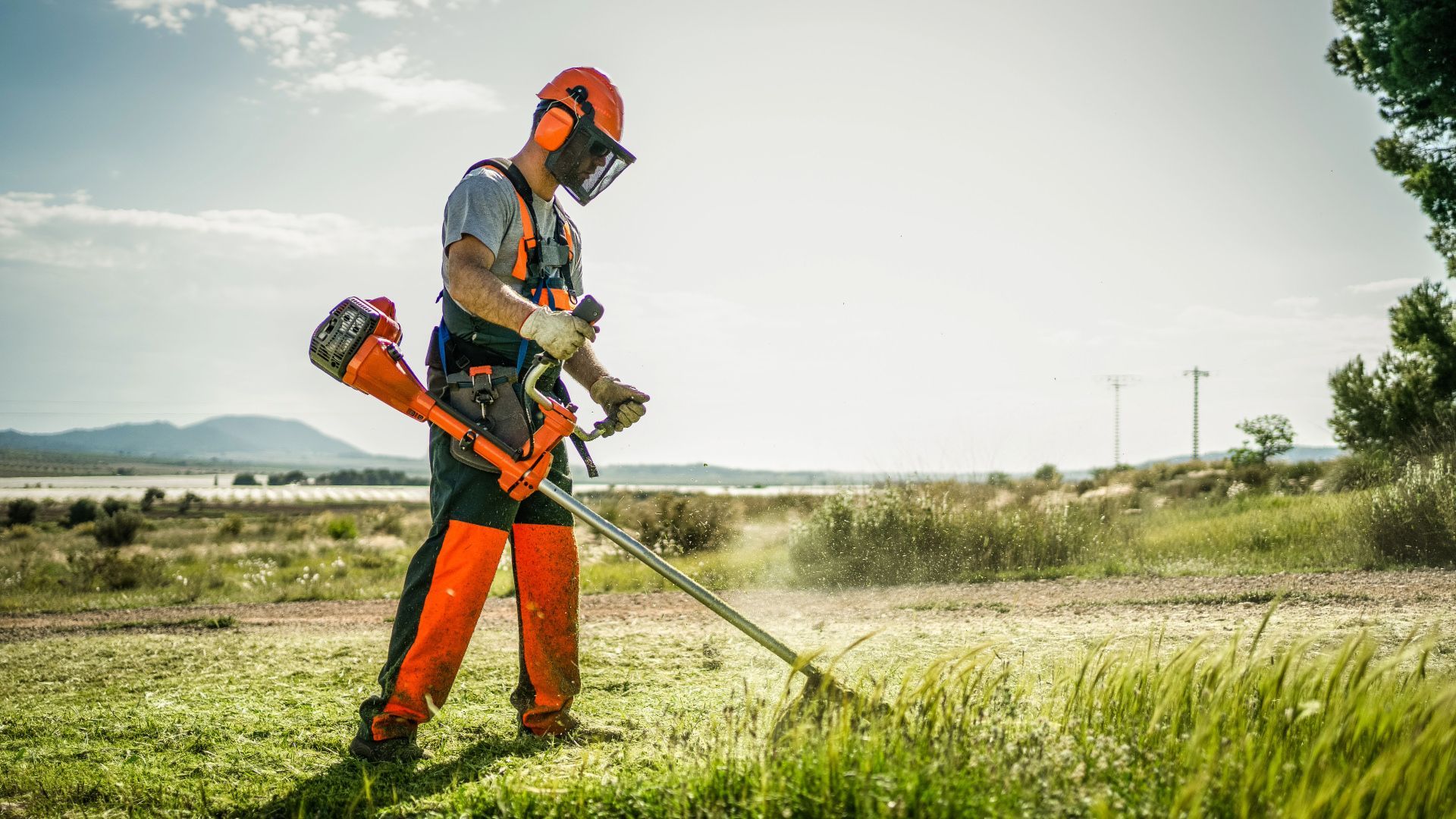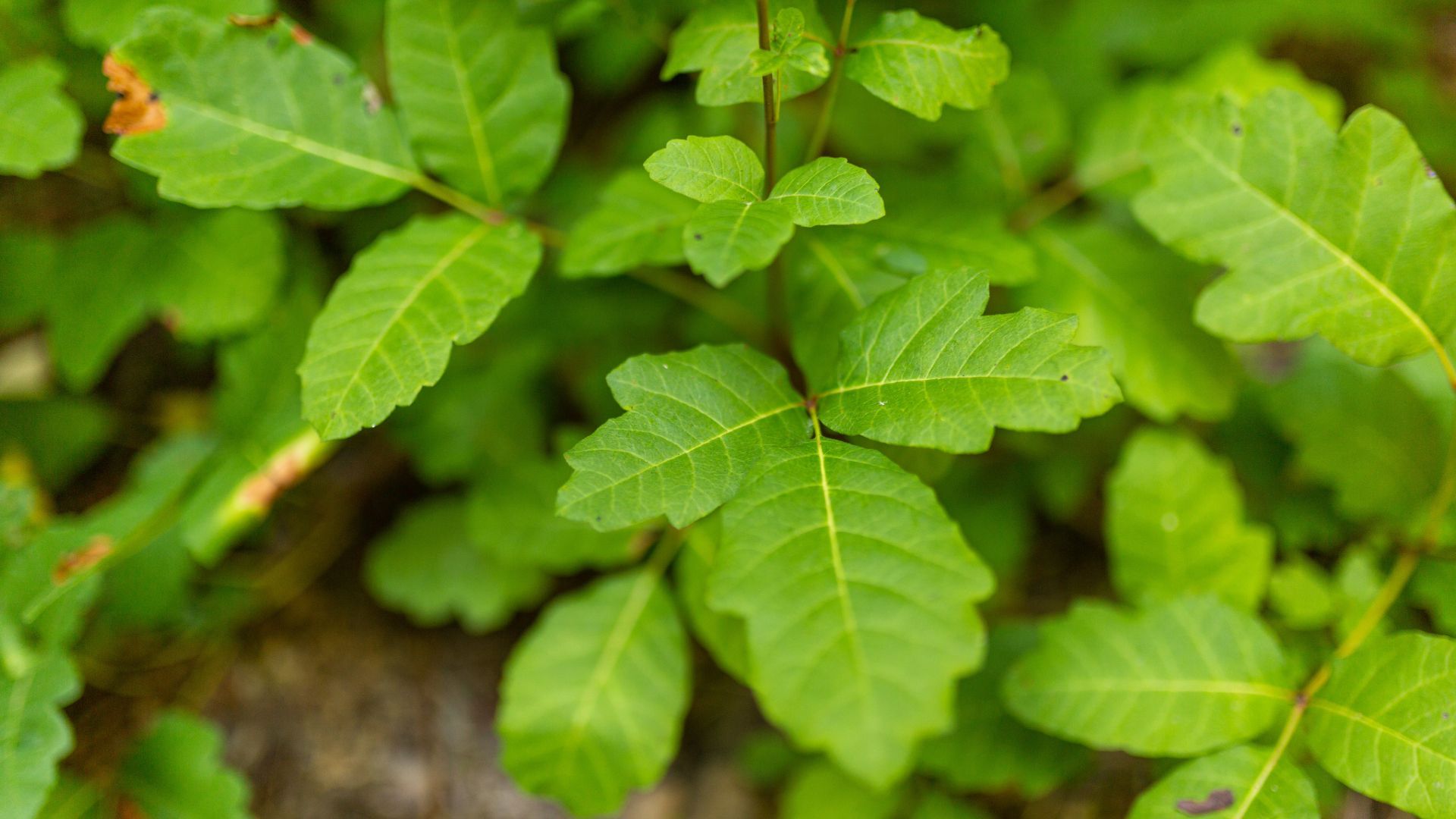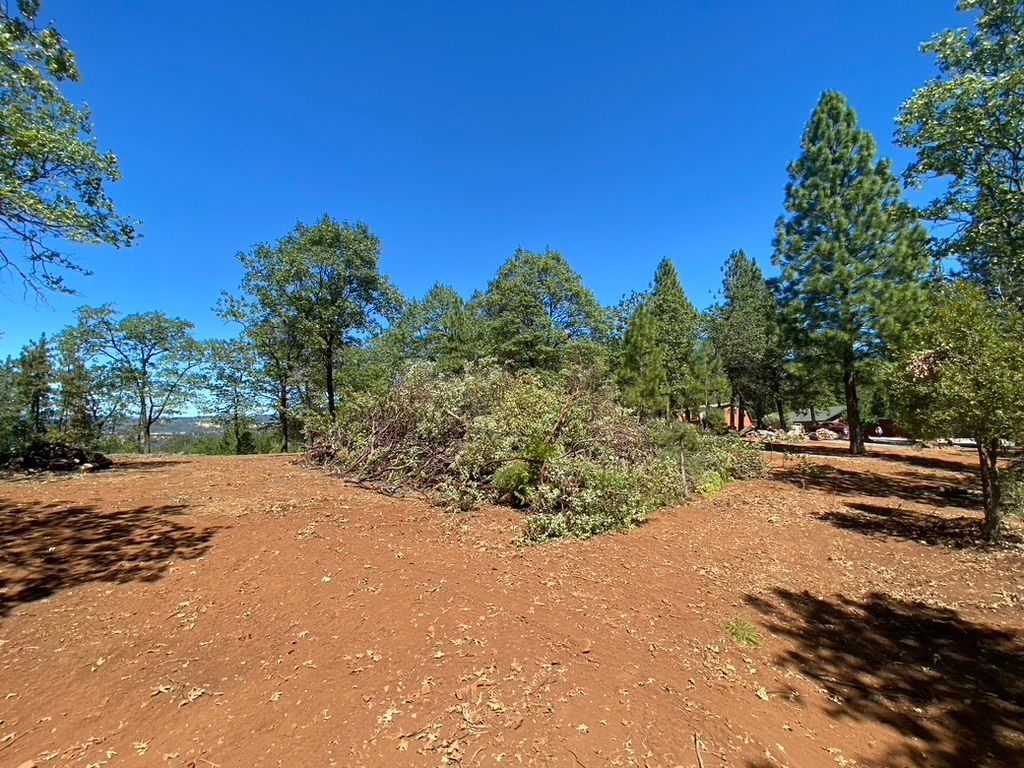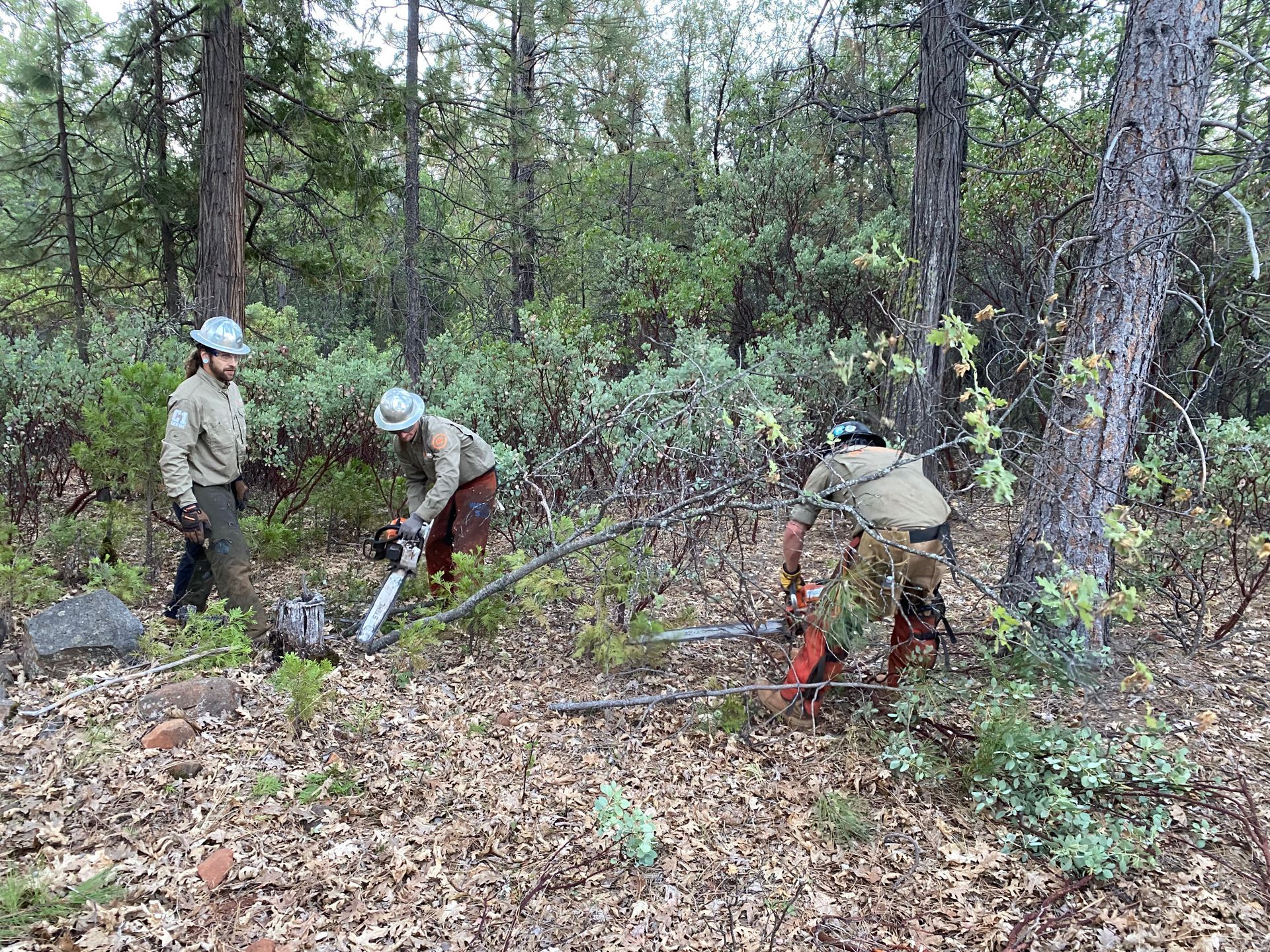CalFire Defensible Space: Protecting Your Home from Wildfire.
In California (according to Verisk’s Wildfire Risk Analysis) there were more than 2 million properties at high to extreme wildfire risk in 2021, the largest number of properties of any U.S. state. In 2021, California wildfires burned more than 2.5 million acres, including at least 3,600 buildings. These fires cause devastation not only in remote areas but in our communities, where they destroy structures and take lives. Now more than ever it is important to create and maintain an area around your home that can slow or even stop the spread of wildfire.
If one is going to live in or near a forest, one assumes a higher risk of fire. The best way to minimize that risk is to seriously and continually create and maintain defensible space.
It’s not cheap. If it were, it would have been done already. “To get to where you have defensible space, it can be tens of thousands of dollars on an individual parcel,” Nick Goulette, executive director of the Watershed Research and Training Center, told E&E News. The center is part of the Fire Adapted Communities Learning Network that urges forest communities to “safely accept fire as part of the surrounding landscape.”
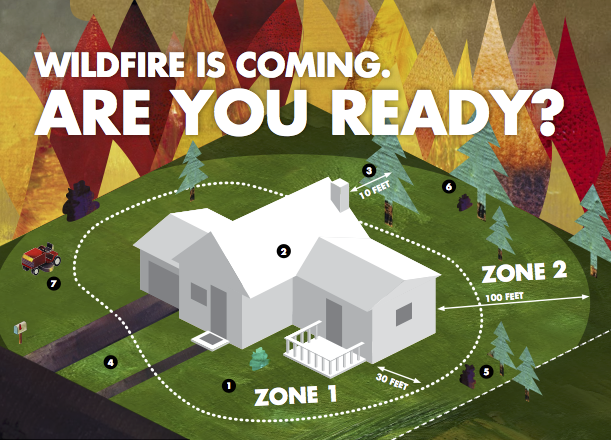
While defensible space is costly, everyone who has lost a home to wildfire wishes they had paid the price beforehand. Losing a house to a fire, in the backcountry or the frontcountry, is an extremely-low-probability, extremely-high-consequence event, and it is generally human nature to overdiscount the risk of extremely-low-probability events, even those with extremely high consequences. (I suspect that many people wouldn’t buy house insurance—even though the cost is not excessive—if it were not required in order to obtain and maintain a mortgage on the dwelling.)
But sylvan homeowners need to take the risk seriously, particularly if they live in the backcountry. The chance of home loss in the backcountry is much higher than in the frontcountry.
Focus on Buildings, Not Trees
Jack D. Cohen, now retired from the research branch of the Forest Service, spent part of his career examining how houses burned in various wildfires across the West, including but not limited to Los Alamos, New Mexico, in 2000, Lake Arrowhead, California, in 2008, and the Hayman Fire in Colorado in 2002. In general, Cohen found that most homes are not lost to a high-intensity fire in forest too close to the building but from firebrands carried by the winds. For almost all of the homes that burned in the cases Cohen studied, few—if any—precautions had been taken to make them fire safe.
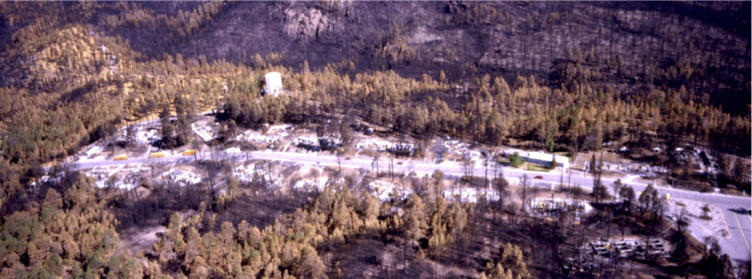
Cohen authored “Preventing Disaster: Home Ignitability in the Wildland-Urban Interface,” published in the Journal of Forestry in 2000. It is worth quoting at length from his discussion of management implications at the end of the article. (I took the liberty of bolding particular phrases that I feel are worth screaming from the rooftops so that those rooftops won’t burn.)
Because home ignitability is limited to a home and its immediate surroundings, fire managers can separate the W-UI structure fire loss problem from other landscape-scale fire management issues. The home and its surrounding 40 meters [~130 feet] determine home ignitability, home ignitions depend on home ignitability, and fire losses depend on home ignitions. Thus, the W-UI fire loss problem can be defined as a home ignitability issue largely independent of wildland fuel management issues. This conclusion has significant implications for the actions and responsibilities of homeowners and fire agencies, such as defining and locating potential W-UI fire problems (for example, hazard assessment and mapping), identifying appropriate mitigating actions, and determining who must take responsibility for home ignitability.
W-UI fire loss potential. Because home ignitions depend on home ignitability, the behavior of wildland fires beyond the home or community site does not necessarily correspond to W-UI home fire loss potential. Homes with low ignitability can survive high-intensity wildland fires, whereas highly ignitable homes can be destroyed during lower-intensity fires.
This conclusion has implications for identifying and mapping W-UI fire problem areas. Applying the term wildland-urban interface to fire losses might suggest that residential fire threat occurs according to a geographic location. In fact, the wildland fire threat to homes is not a function of where it happens related to wildlands, but rather to how it happens in terms of home ignitability. Therefore, to reliably map the potential for home losses during wildland fires, home ignitability must be the principal mapping characteristic. The home threat information must correspond to the home ignitability spatial scale, that is, those characteristics of a home and its adjacent site within 40 meters.
Home fire loss mitigation. W-UI home losses can be reduced by focusing efforts on homes and their immediate surroundings. At higher densities where neighboring homes may occupy the immediate surroundings, loss reductions may necessarily involve a community. If homes have a sufficiently low home ignitability, a community exposed to a severe wildfire can survive without major fire destruction. Thus, there is a need to examine the reduction of wildland fuel hazard for the specific objective of home protection. There are various land management reasons for conducting wildland vegetation management. However, when considering the use of wildland fuel hazard reduction specifically for protecting homes, an analysis specific to home ignitability should determine the treatment effectiveness.
Responsibility for home ignitability. If no wildfires or prescribed fires occurred, the wildland fire threat to residential development would not exist. However, our understanding of the fire ecology for most of North America indicates that fire exclusion is neither possible nor desirable. Therefore, homeowners who live in and adjacent to the wildland fire environment most take primary responsibility for ensuring that their homes have sufficiently low home ignitability. Homes should not be considered simply as potential victims of wildland fire, but also as potential participants in the continuation of the fire at their location.
A change needs to take place in the relationship between homeowners and the fire services. Instead of home-related presuppression and fire protection responsibilities residing solely with fire agencies, homeowners must take the principal responsibility for ensuring adequately low home ignitability.
The fire services should become a community partner providing homeowners with technical assistance as well as fire response in a strategy of assisted and managed community self-sufficiency (Cohen and Saveland 1997). For this approach to succeed, it must be shared and implemented equally by homeowners and the fire services.
I must point out that Cohen’s evidence-based and peer-reviewed analysis and recommendations were made at the turn of the century. Yet nearly two decades later a fire-industrial complex still profits from “fighting” forest fires rather than really protecting buildings.
The Right Way to Create Defensible Space
To learn of the joys and requirements of defensible space around sylvan homes, you can choose the source most credible to you: the go-to-with-your-hand-out Federal Emergency Management Agency, the trialed-by-fire state agency CAL FIRE, or the professional nonprofit National Fire Protection Association. All are generally on the same page about defensible space. CAL FIRE, the statewide firefighting agency, even commissioned a song (no Grammy in sight, but the message is relevant to sylvan homeowners).
Since they have a song, let’s examine the recommendations from CAL FIRE, which are now mandatory in California. Think of two zones around a sylvan dwelling making up the required 100 feet of defensible space.
Zone 1: 30 feet of lean, clean, and green
1 Remove all dead plants, grass, and weeds.
2 Remove dead or dry leaves and pine needles from your yard, roof, and rain gutters.
3 Keep tree branches 10 feet away from your chimney and other trees.
Zone 2: 30–100 feet of reduced fuel
4 Cut or mow annual grass down to a maximum height of 4 inches.
5 Create horizontal spacing between shrubs and trees.
6 Create vertical spacing between grass, shrubs, and trees.
CAL FIRE offers a nice checklist for the homeowner.
There is also the matter of making the building itself more resistant to ignition by doing things like these recommended by the National Fire Protection Association:
· Clean roofs and gutters of dead leaves, debris, and pine needles that could catch embers.
· Replace or repair any loose or missing shingles or roof tiles to prevent ember penetration.
· Reduce embers that could pass through vents in the eaves by installing 1/8-inch metal mesh screening.
· Clean debris from exterior attic vents and install 1/8-inch metal mesh screening to reduce embers.
· Repair or replace damaged or loose window screens and any broken windows. Screen or box in areas below patios and decks with wire mesh to prevent debris and combustible materials from accumulating.
· Move any flammable material away from wall exteriors—mulch, flammable plants, leaves and needles, firewood piles—anything that can burn. Remove anything stored underneath decks or porches.
Most cities have ordinances that require owners of vacant lots to have them mowed by early summer to reduce the risk of fire. If owners don’t do it, the city has it done and sends them a bill. It is a reasonable regulation to protect human lives and property.
Requiring, through regulation, defensible space to be created and maintained for all buildings in the WUI is also reasonable.
And it is reasonable to issue regulations preventing further sprawl and development in the WUI. Besides having numerous environmental and fiscal benefits, ending sprawl means that fire services can concentrate their efforts where most people are and where they can be most effective.
If such regulation is politically unacceptable, perhaps a policy can be implemented that in those cases where a sylvan homeowner does not voluntarily create and maintain defensible space, fire services will pass by such firetraps and concentrate on higher priorities.
The public taxpayers—especially through the federal Forest Service—should not continue to subsidize people who live in firetraps of their own making.
From: http://www.andykerr.net/kerr-public-lands-blog/2018/1/11/defensible-space-the-best-and-only-hope-for-the-homeowner-in-or-near-a-forest
Share this article on
